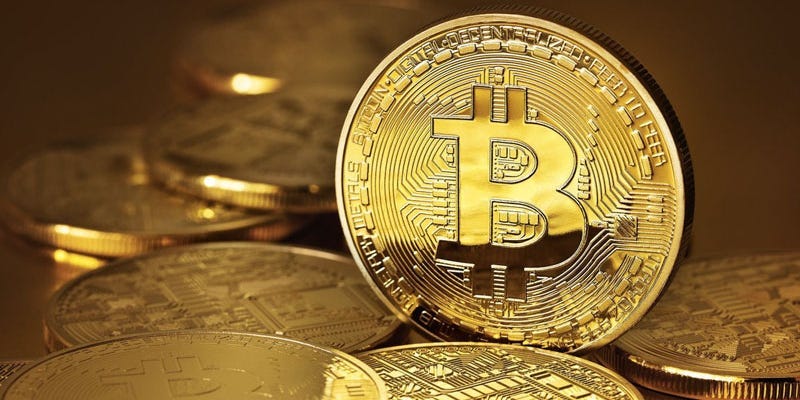- Bitcoin's halving is expected in April 2024, but the circumstances are different from the prior three events.
- Huge demand stemming from spot bitcoin ETFs is about to converge with the supply shock of halving.
- Experts forecast long-term price appreciation and don't see halving as a "sell the news" event.
Bitcoin's fourth halving is weeks away.
Investors have been looking forward to it as a pivotal moment for the cryptocurrency's supply dynamics. Yet, like prior halvings, the event itself has been on the calendar for over a decade.
A bitcoin halving — when the number of tokens rewarded to miners gets cut by 50% — happens reliably every four years. This time, however, supply will slow within months of an unprecedented demand shock, fueled by the approval of 11 spot bitcoin ETFs from asset management titans including BlackRock and Fidelity.
Crypto market experts say the halving this year is a momentous event given the permanent changes to bitcoin's underlying infrastructure.
"The thought of halving not impacting the price is hard to fathom. It's hard to imagine any 'sell the news' reaction would last," Sandy Kaul, Franklin Templeton's head of digital asset and industry advisory services, told Business Insider.
An 'explosive set-up'
Over the years, bitcoin has fluctuated between a fool's gamble and the hottest asset in markets. Ahead of the 2024 halving, it's been squarely in the latter camp, up over 60% year-to-date.
Greg Magadini, the director of derivatives at Amberdata, said crypto has a "reflexive" effect of pulling investors in from the sidelines as they succumb to the fear of missing out.
"Halving is likely not a huge deal, outside of this reflexive effect," Magadini told Business Insider. "Halving is a very well-documented event and nothing of surprise has actually changed. We knew about April 2024 halving over a decade ago. Typically, new information drives the markets."
And what's new this year is the wave of demand from bitcoin ETFs. Recent weeks have seen single-day inflows into spot bitcoin ETFs topping $1 billion, BitMex data shows.
That's independent of the fact that halvings historically have been like rocket fuel for bitcoin. In the 12 months after each of the prior three halvings in 2012, 2016, and 2020, bitcoin's price soared 8,069%, 284%, and 559%, respectively.
"The dynamic could put us in uncharted territory," Kaul said. "We've never had both a supply shock and a demand shock at the same time."
Mainstream adoption via ETFs, she added, opens the door to an "explosive set-up."
Demand takes precedence
To be sure, it's possible that halving doesn't impact bitcoin's price to the same degree it has in the past. The other events took place at a time when interest rates were ultra-low and speculative bubbles were quick to inflate as investors chased returns.
The overwhelming demand for the asset and the new ETFs could end up being a more important variable for the price of bitcoin.
Bitcoin's supply is ultimately predictable, yet demand is nearly impossible to forecast. Samir Kerbage, the chief investment officer at Hashdex, doesn't expect April to bring a "sell the news" event, and he said the effects of halving on prices will be cumulative rather than immediate.
"I don't believe that future events can be 'priced in' with bitcoin, since the major variable determining the price of bitcoin is demand," Kerbage told Business Insider. "This recent rally has been driven by a demand shock caused by the inception of bitcoin ETFs in the US, which is a trigger for institutions and [investment advisors], representing more than 80% of the US capital markets, to start taking bitcoin seriously."
Kerbage forecasts bitcoin to climb into the $200,00-$300,000 range over the next two years before correcting into a "new equilibrium range" between $100,000-$150,000.
Brian Rudick, senior strategist at GSR, said he similarly expects that, whether halving makes a near-term impact on price or not, bitcoin is entering a bullish stretch.
"We expect future inflows to continue to outperform expectations given the sheer size of the US ETF markets, the advantages that a spot ETF vehicle provides, and upcoming inflow catalysts like greater issuer sales efforts, the addition of spot products to wealth manager product offerings, and normalizing GBTC outflows," Rudick said.
